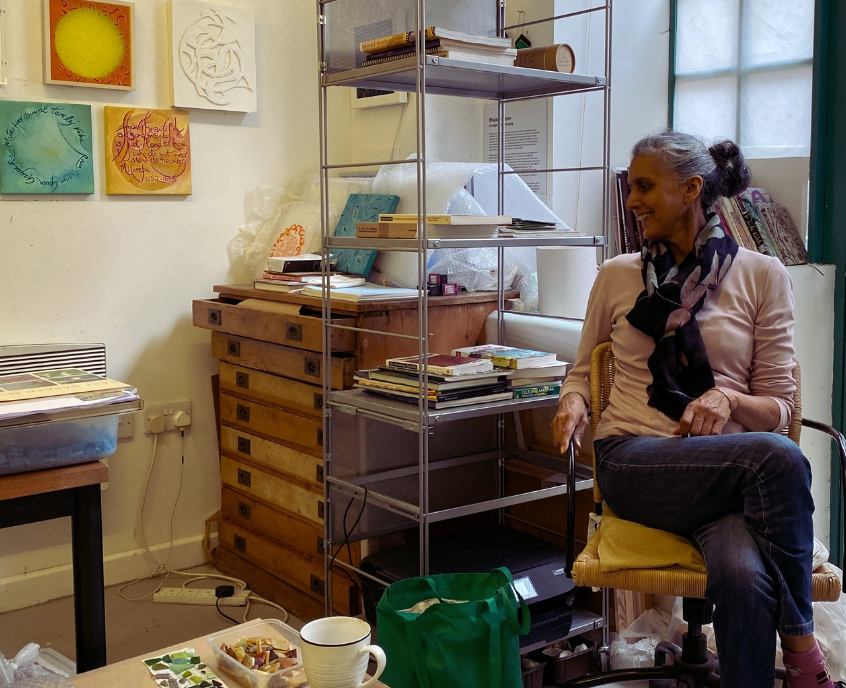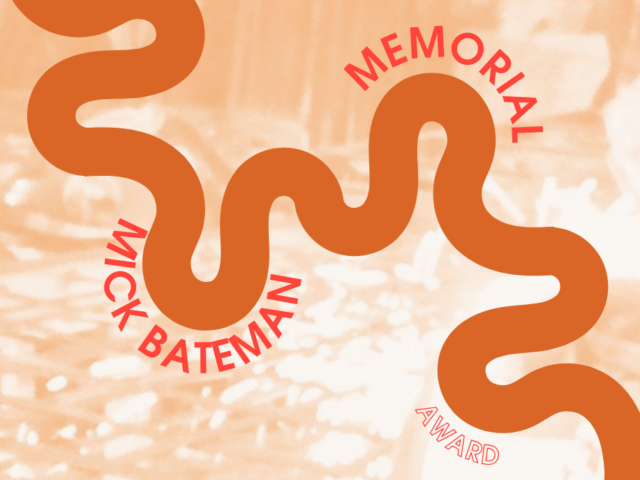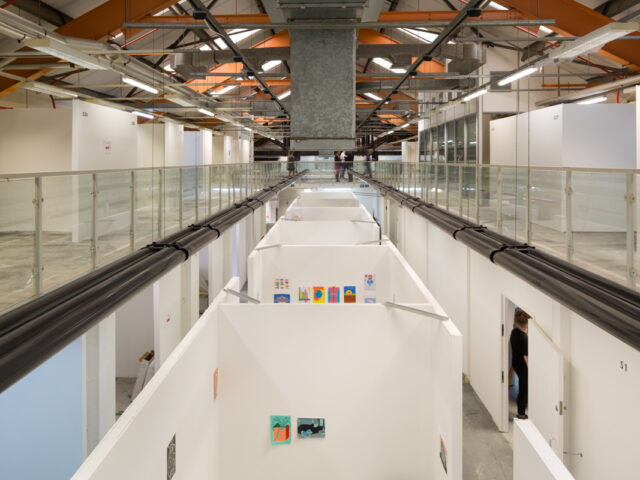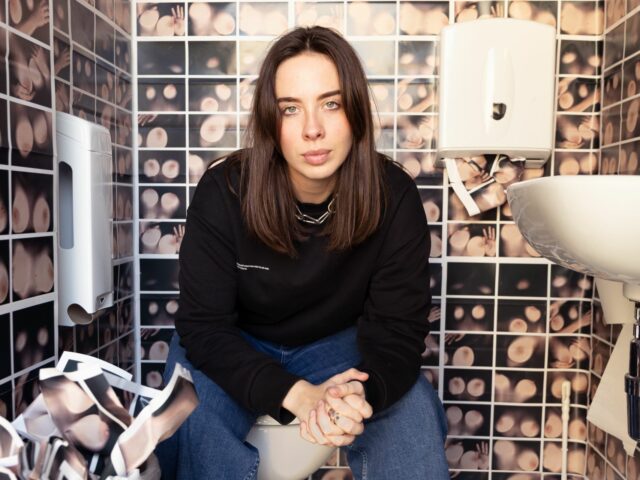Artist Spotlight: Bhajan Hunjan
Tell me a bit more about your background. I would like to learn a bit more about what led you to the arts.
I was born in Kenya to Indian parents; I always explain to people that we were part of a British Colonial past, my grandfather came to Kenya in 1927 at a time when labour moved from one part of the world to another.
I came from a family where people were always making things. My family ran a hardware shop so there were always lots of building materials around. My mother made all of our clothes at home, she was very creative, and my father worked a lot with his hands.
When I was in secondary school, I had a wonderful art teacher – when I was doing my A-Levels we didn’t have art in school, but I asked if I could sit an art A Level exam and my headteacher agreed! So in a way, I was always quite focused, after that I began applying to universities in the UK and moved to Reading, that was where I commenced my formal art education.
So, from a very young age you knew art was something you would like to pursue?
Yes, it was always something I loved to do and along the way I have been introduced to some wonderful creative people, even before I went to University, I did an internship in Nairobi with a graphic artist.
Coming to Britain was the first time I was introduced to the Western tradition or concept of ‘art’. At the time, my course and the fragments of art history that we studied were predominantly white and male, but the Reading-room had material that enabled me to look at more female artists and look beyond the confines of Western Europe.
I then went on to the Slade where I did my post-grad in printmaking. Because it was a technique-based practice, I thought I’d be able to find some work as a teacher, it was a skill that has formed a grounding for much of my work.
For many, the pandemic has provided a period of prolonged self-reflection and uncertainty. Has your practice been impacted by this?
As artists we have always been good at dealing with the unknown, and as a freelancer you never know what your future will look like in two or three months, you are always living on the edge. We are always forced to adapt and look inward. The pandemic was just another framework to navigate in.
How has your practice developed into what it is today? I can see from your studio and the work I have seen online that you use a lot of organic forms and natural shapes, has that always been the case?
When I was at Reading University in 1975, I was working with a lot of organic shapes; creating works with sawdust at the same time as printmaking with etchings. I think tactile work has always attracted me; I began to work with ceramics while at the Slade, at the time I felt that it gave my work quite a bit of depth.
The programme of study at Reading University was focused on abstract expressionism, there was very little representational work, I probably only attended one life drawing class for the duration of my time there. The course was focused on self-exploration and internal examination, at that time we were all looking at the work coming out of America, for example people like Frank Stella.
But somehow when you leave college you get to a point where you have to self-analyse and you want to create work that aligns with your ‘message’ so to speak. Around that time, I was working for a group that were setting up a refuge for women who were suffering from domestic violence, I was involved with that particular project for around five years… What that did for me was take me back to producing work that was figurative. I started making portraiture, self-portraiture, my work almost became entirely about analysis and self-examination.
I was looking at artists like Kathe Kollwitz and Frida Kahlo while in college but generally at Reading I think the emphasis on abstract work was so strong that, at that point I still hadn’t found myself. It took me a few years for me to get to a point when I wanted to bring representational images into my work. After that, for almost ten years I made paintings that were about portraiture.
Why do you think working in a women’s refuge led you to produce figurative work and portraiture?
I was looking at barriers, I was looking at tradition, I was also looking at openings and confidence. Something that also became quite important to me was that – once my mother said to me, ‘I don’t know what your work is about’. I felt that I needed to be in a place where my work should speak to women like my mother, so I thought if my work was portraiture, I’d be a step closer to that.
I wanted to cross that boundary and reach those people who might not have had an education, who might never have been to an art gallery. Women who might come from a completely different tradition, culturally or otherwise. We know of societies where women are not educated, we know of societies where women are entirely controlled. I think, lots of women are led by faith, culture and religion but are then in a position where they have to make ends meet and therefore cross boundaries.
These were all issues that I was looking at while practicing portraiture and soon organic shapes became an integral part of the composition. It was at this point that the grid became significantly more present in my work, the grid was about control, about a language for boundaries and limitations.
Tell me more about the pieces currently on display in the Nunnery Café.
For a few years now, I’ve been revisiting my earlier works and using them in new ways. I’ve been bringing earlier monoprints to the studio and cutting them up. In 2015, I made a work called ‘transient matters’ installed in the Bow Arts Courtyard, which was made of work discarded by other artists. I collected these from artists studios and from the skips on site.
I called it transient matters because I think everything is, so are we. I’ve been thinking much more about mortality over the past 10 years. We are changing every moment and no two moments are the same. Since yesterday some of my body cells have grown and some have died. So, if we want to be connected to the present we have to let go; as human beings we seem to collect so much, those objects become who we are. Some people allow those material identities to become their reason for life, and without those things we are lost.
So the pieces in the Nunnery Café have been repurposed (or recycled/upcycled?) from an installation piece I created in 1994 for an exhibition at Cartwright Hall in Bradford, called ‘She Sowed the seeds’, which was inspired by my mother’s embroidery. This was made from 108 pieces and after the show had been stored under my bed for many years, until now.
These monoprints are cut up as experiments with an image in mind and assembled into each harmonious composition.
Find out more about Bhajan Hunjan’s exhibition in the Nunnery Cafe here, and connect with her via her website and on Instagram.



